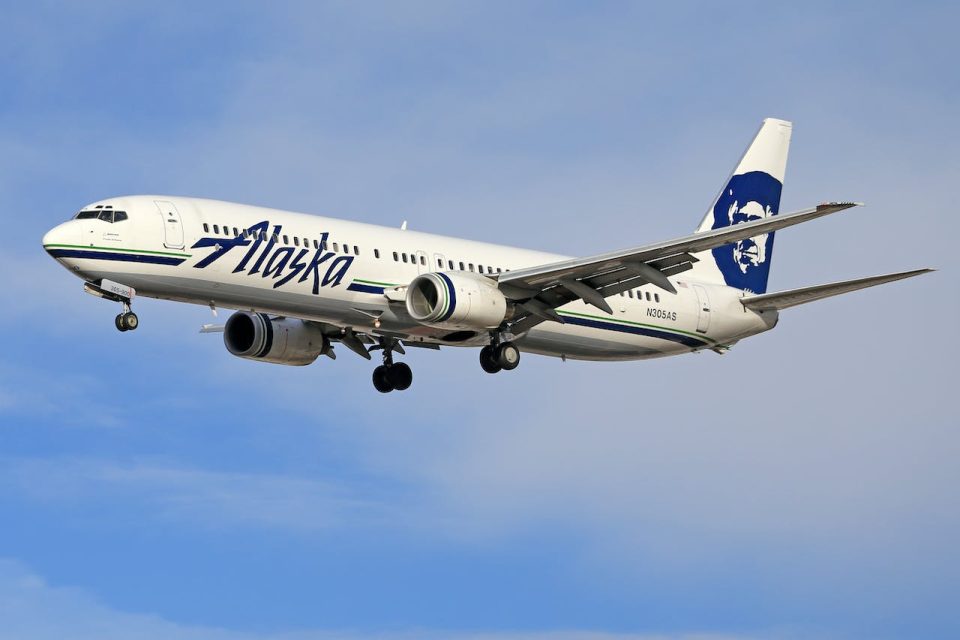In a strategic move set to reshape the competitive landscape of the airline industry, Hawaiian Airlines and Alaska Airlines have officially entered into a definitive merger agreement, paving the way for Alaska to acquire Hawaiian in an all-cash deal amounting to $1.9 billion, inclusive of assumed debt. The acquisition is valued at $18.00 per share, marking a significant milestone in the aviation sector.
Post-merger, the consolidated entity will boast a fleet of 365 aircraft and expand its reach to 138 destinations. This groundbreaking development sent shockwaves through the financial markets, as evidenced by the remarkable surge in the stock price of Hawaiian Holdings Inc, the parent of Hawaiian Airlines. The stock, concluding Friday’s trading at $4.86, experienced a substantial jump on Monday morning, commencing at $13.59 and continuing its upward trajectory.
At the time of this publication, Hawaiian Holdings Inc stock (HA) has witnessed a surge.
Hawaiian Holdings Inc
Current Price: $14.10
Change : +9.24
Change (%): (190.12%)
Volume: 30.8M
Source: Tomorrow Events Market Data
While industry giants such as United and Delta each command approximately 950 jets in their fleets, the relatively modest merger of Alaska and Hawaiian positions the amalgamated airline to better compete, particularly in the expansive Western U.S. market with a strategic focus on Hawaii.
Alaska Airlines CEO Ben Minicucci expressed optimism about the merger’s potential impact on the Hawaiian market. “This is an $8 billion market [Hawaii]. We will be the clear market leader in Honolulu and the state of Hawaii, so this — this makes this very attractive,” Minicucci stated in an interview with Yahoo Finance. He emphasized the deal’s financial benefits, projecting earnings per share (EPS) accretion in the first two years post-closure and underscoring the advantages for both employees and customers.
In a departure from Alaska’s previous merger with Virgin Airlines, where the Virgin brand disappeared post-acquisition, Alaska and Hawaiian have committed to maintaining separate identities. This strategic decision aims to leverage Hawaiian Airlines’ robust brand recognition and popularity in the islands, preserving the unique appeal of both carriers.
Addressing regulatory considerations inherent in the airline industry, both companies believe that maintaining distinct operations will facilitate the approval process. Hawaiian Airlines CEO Peter Ingram highlighted the complementary nature of the two airlines’ networks, noting minimal overlap in routes and emphasizing the deal’s pro-consumer and pro-competitive aspects. Ingram stated in an interview with Yahoo Finance, “When the regulators look at this deal on its own merits, they will see that it’s pro-consumer, pro-competitive, and we’re going to add competition for the big four network carriers [that are] far larger than the company will be after the merger.”
The combined airline operation’s relatively modest size further works in favor of regulatory approval. Metrics such as available seat miles (ASM) reveal that Alaska’s (15.7 billion) and Hawaiian’s (4.9 billion) combined total of 20.6 billion is significantly smaller than industry heavyweights like United, American, Delta, and Southwest.
President of Boyd Group International, Mike Boyd, weighed in on the merger, stating, “It’s not a merger where consumers are going to lose an option. That’s why regulators shouldn’t really be bothered by this.”
As the aviation industry eagerly awaits regulatory scrutiny, the Hawaiian Airlines and Alaska Airlines merger stands poised to create a formidable player in the market, promising enhanced competition and opportunities for growth.

